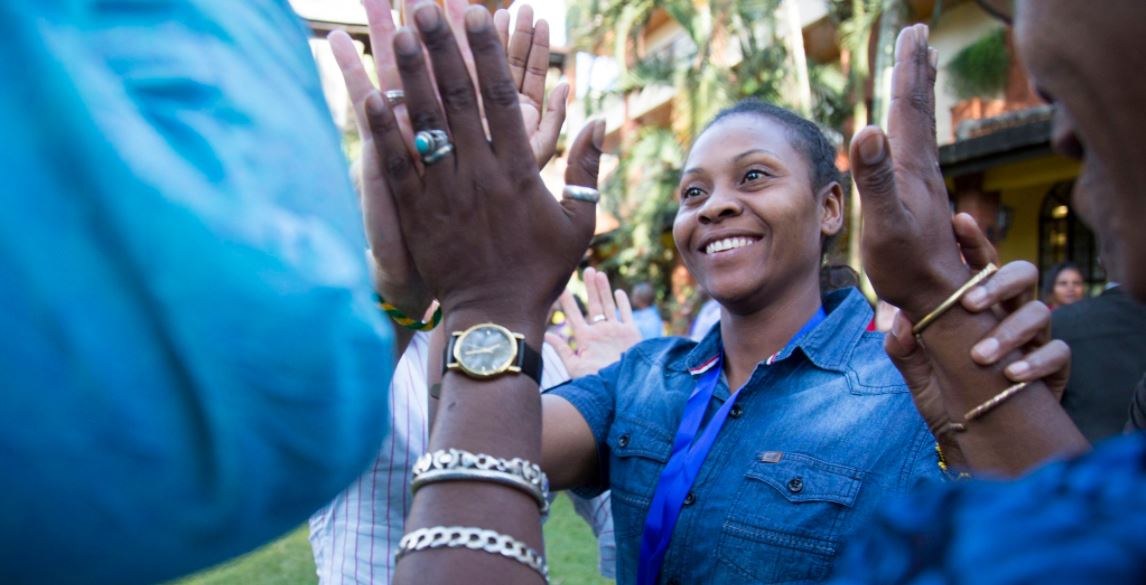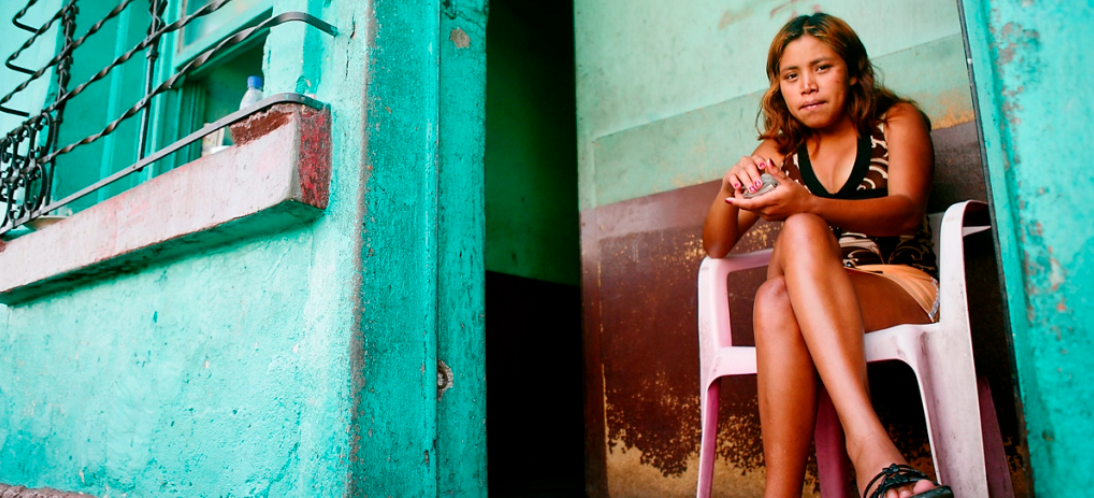Tag: Human Rights
Walking the walk: LINKAGES and EpiC’s active response to gender-based violence
Integrating comprehensive violence prevention and response into HIV programs for key populations: Reducing risks and removing barriers to care

Safety and security: Protecting the implementers of key population HIV programs around the world
THIS IS OUR MANTRA: A LINKAGES PHOTO STORY
Addressing violence in HIV programs for key populations: Opportunities for integration
International Day to End Violence Against Sex Workers

Key Population Hero: Addressing stigma and discrimination among LGBT people in Kenya
Reducing Gender-Based Violence Against Women Who use Drugs: The Right to be Free

